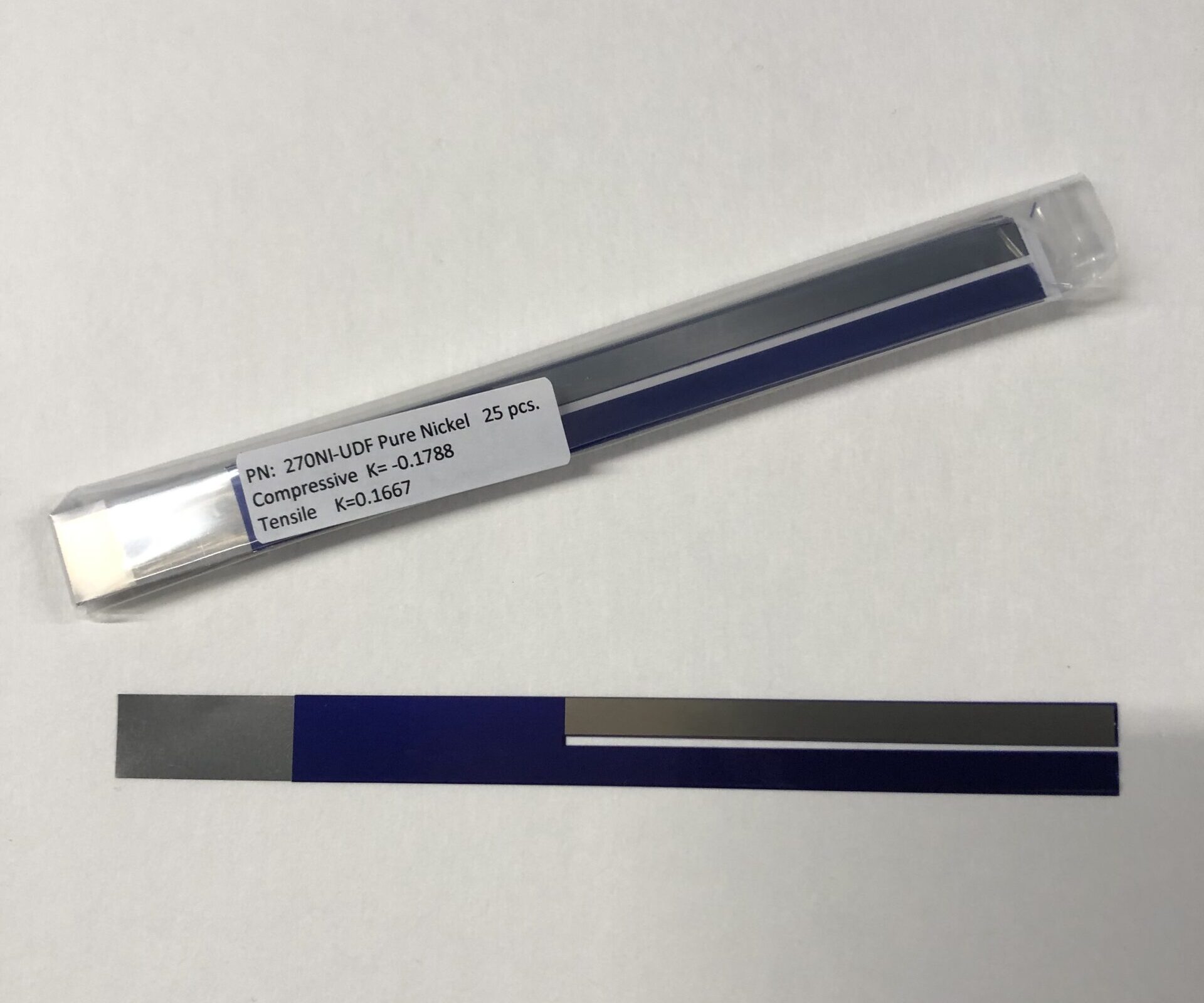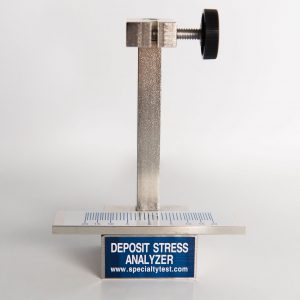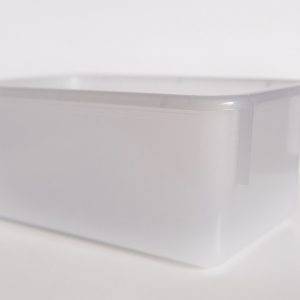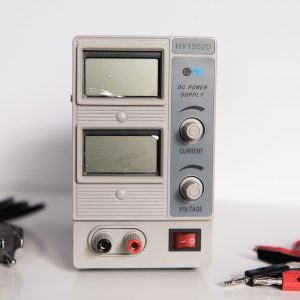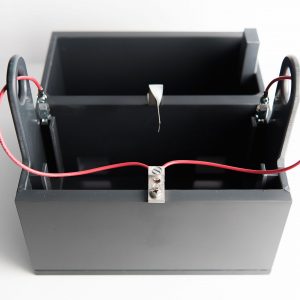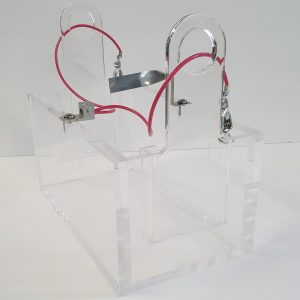Description
NOTE: PN: 270AQ Test Strip Performance.
| 270AQ Test strips tested resist Asahi 1558 | |
| Chemicals Tested | Results |
| Copper Acidic | resist stayed on |
| Nickel Colbalt Acidic | resist stayed on |
| Palladium Neutral 7.6 and acidic pH 1.3 | resist stayed on |
| Palladium Colbalt Neutral 7.5 | resist stayed on |
| Rhodium Acidic | resist stayed on |
| Silver Alkaline 9.5 | resist attacked & delaminated |
| Nickel | resist stayed on |
| Semi Bright Nickel | resist stayed on |
| Bright Nickel | resist stayed on |
| Acid Copper | resist stayed on |
| Nickel Carbonate solutions | resist stayed on |
| Nickel Sulfamate 120 deg 6 min | resist stayed on |
| Nickel plating solution 130 deg. 5 min | resost stayed on |
| Acid Copper sulfuric acid 12% corrosive 5 min | resist stayed on |
The resist did not fall apart in acidic solutions, ranging from pH 0.5 to pH 3.5.
The resist failed in a neutral solution at 85C and a pH 10 solution at 92C.
1- This test strip is not for moderate to high alkaline plating baths (the resist will peel off).
2-During plating a test strip is exposed to a uniform current density along the legs of the strip. The plating test should be continued until the test strip legs deflect up to 20 units and with a target thickness that does not exceed approximately 100 microinches for the most accurate results. Very low stress may show only 1-2 units.
Recommended Plating Conditions for Nickel Test strips: (this is just a starting point- if the test strip legs do not spread a slightly longer plating time may be required. Plate no longer than 4 minutes).
Temperature 140°F
Current Density 30 Amps/square foot
Plating current .025 Amps
Plating Time: 2 Minutes
Deposit Thickness 50 Microinches
Stress Characteristics
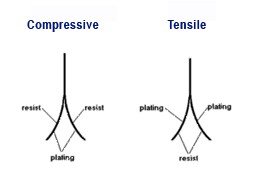
The deposit stress is compressive if the resist is on the outside of the Test Strip legs.
The deposit stress is tensile if the plating is on the outside of the Test Strip legs.[/vc_column_text]
Best results are obtained with a test set up similar to the above photograph. Anodes should be located at least three inches away from the Test Strip and should be positioned in a parallel plane with the Test Strip. Electrical contact should be made at the top of the Test Strip where there is a void in the masking material. The Test Strip legs should be fully submersed with out touching the bottom of the plating cell. The plating current density should be adjusted with a given electrolyte so as not to cause deposit burning at the Test Strip’s tips, yet sufficient enough to conduct a rapid test. Preferably, the current density should be maintained at the approximate value at which the bath is normally worked.
Two Anodes are required, similar in composition, shape and size. Anodes 2x2x1/8″ can be purchased from Kocour Company. Note: Electroless Nickel activation is not required for Chemically induced metallic deposition.
Test Strip
Tensile Stress
Compressive Stress
Range, PSI
Composition
1194
Yes
Yes
1,500 - 145,000
Copper-Iron Alloy
270NI
Yes
Yes
200 - 60,000
Pure Nickel
Plating Procedure Using the PN: 800L
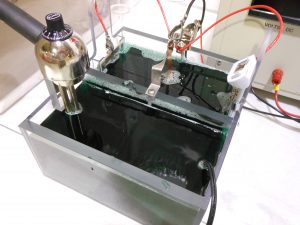
Test Strip and Anode Considerations
Metallic Deposit
Test Strip
Anodes*
Cadium
1194, 270NI
Cadium
Chromium
270NI
Lead
Cobalt
1194, 270NI
Cobalt
Copper
1194, 270NI
Copper
Gold
270NI
Platinum Coated Titanium
Nickel
1194, 270NI
Nickel
Palladium
1194
Platinum Coated Titanium
Platinum
270NI
Platinum
Rhodium
270NI
Platinum Coated Titanium
>Silver
1194, 270NI
Silver
Tin
1194, 270NI
Tin
Zinc
1194, 270NI
Zinc

